

Articles
How Much Gas Does AC Use When Idle
Modified: September 2, 2024
Discover how much gas your car's AC system consumes when idling with our informative articles on AC usage. Maximize efficiency and save fuel.
(Many of the links in this article redirect to a specific reviewed product. Your purchase of these products through affiliate links helps to generate commission for Storables.com, at no extra cost. Learn more)
Introduction
In hot summer months, turning on the air conditioning system in your car is often a relief from the sweltering heat. However, many car owners are concerned about the impact this action has on their fuel consumption. The question arises: how much gas does the AC use when idle?
Understanding the relationship between your car’s air conditioning system and its fuel consumption can help you make informed decisions and potentially save money on fuel costs. In this article, we will explore the factors that contribute to fuel consumption when the AC is running while the car is idle, as well as provide tips on how to minimize this impact.
Let’s delve into the details and shed some light on this often debated topic.
Key Takeaways:
- Understanding the factors affecting AC fuel consumption during idle mode can help you make informed decisions to optimize your car’s efficiency and minimize fuel costs.
- Implementing simple strategies like minimizing idle time, using recirculation mode, and planning your trips can effectively reduce AC fuel consumption during idle mode, saving money and promoting a sustainable driving experience.
Read more: Car Overheats When AC Is On And Idle
Understanding Idle Mode
Idle mode refers to the state of the vehicle engine when it is running but not in motion. This occurs when you are stopped at a traffic light, waiting in a drive-thru, or parked with the engine still running. During idle mode, your car’s engine continues to operate, albeit at a lower speed to maintain essential functions like power steering and running accessories such as the air conditioning system.
While the engine is idling, it consumes a certain amount of fuel to keep all the systems running smoothly. The amount of fuel consumed during idle mode can vary depending on several factors, including the size of the engine, the temperature outside, and the accessories in use, such as the air conditioning system.
It’s important to note that idling for extended periods of time can be wasteful and unnecessary. Not only does it contribute to increased fuel consumption, but it also creates unnecessary emissions and can put extra strain on your engine. However, in certain situations where stopping and restarting the engine frequently may not be practical, such as heavy traffic, idling may be unavoidable.
Now that we have a basic understanding of idle mode, let’s explore how the air conditioning system affects fuel consumption during this state.
Impact of AC on Fuel Consumption
The air conditioning system in your car is powered by the engine, and its operation requires energy in the form of fuel. When you turn on the AC, it adds an extra load to the engine, which leads to increased fuel consumption. The amount of fuel consumed by the AC when the engine is running at idle can vary depending on several factors.
One significant factor is the size and efficiency of your car’s engine. Smaller engines typically require more energy to power the AC, which leads to higher fuel consumption. On the other hand, larger and more powerful engines are better equipped to deal with the added load of the AC and may not have as significant an impact on fuel efficiency.
The temperature outside also plays a role in fuel consumption. As the external temperature rises, the AC needs to work harder to cool the interior of the car. This increased workload leads to higher fuel consumption. On extremely hot days, the AC may need to operate at maximum capacity, resulting in a greater impact on fuel efficiency.
Additionally, the age and condition of your car’s AC system can affect its efficiency. An older AC system may not be as efficient in cooling the car, causing it to work harder and consume more fuel. Regular maintenance and servicing of the AC system can help ensure optimal performance and minimize fuel consumption.
It’s essential to note that the impact of the AC on fuel consumption is more significant when the engine is running at idle compared to when the car is in motion. When the vehicle is moving, the engine is already working harder, and the overall impact of the AC on fuel consumption is relatively less.
Understanding the factors that affect the AC’s impact on fuel consumption can help you make informed decisions and manage your fuel consumption effectively. In the next section, we will explore these factors in more detail.
Factors Affecting AC Fuel Consumption
Several factors contribute to the fuel consumption of your car’s air conditioning system when the engine is idling. Understanding these factors can help you determine how much gas your AC uses and take steps to minimize the impact.
1. Engine Size and Efficiency: The size of your car’s engine greatly influences its fuel consumption. Smaller engines may struggle to handle the extra load of the AC, resulting in higher fuel usage. Conversely, larger and more efficient engines are better equipped to power the AC without a significant impact on fuel efficiency.
2. Temperature: The external temperature has a direct impact on how hard the AC system needs to work to cool down the interior of the car. The hotter the outside temperature, the more energy the AC requires, leading to increased fuel consumption.
3. AC System Efficiency: The efficiency of your car’s AC system plays a crucial role in its fuel consumption. Well-maintained and properly serviced systems tend to be more efficient, meaning they require less energy from the engine to operate. Regularly checking and servicing your AC system can help optimize its performance and minimize fuel consumption.
4. Coolant Level and Quality: The coolant, or refrigerant, in your car’s AC system is responsible for absorbing heat from the air inside the car. If the coolant level is low or the quality is degraded, the AC system will have to work harder, resulting in increased fuel consumption.
5. Vehicle Speed: When the car is moving, the engine is already working harder, so the impact of the AC on fuel consumption is relatively less compared to idle mode. At higher speeds, the drag created by open windows can also decrease the efficiency of the AC, leading to increased fuel usage.
6. Vehicle Weight: The overall weight of the vehicle can affect fuel consumption. Heavier cars require more energy to move, and the AC adds to this load. Minimizing excess weight in your car, such as removing unnecessary items from the trunk, can help improve fuel efficiency.
By considering these factors and their impact on AC fuel consumption, you can make informed decisions to optimize your car’s efficiency. In the next section, we will discuss ways to estimate the fuel consumption of your AC during idle mode.
If you want to save gas while idling with the AC on, consider turning off the engine if you’ll be stopped for more than a minute. This can help reduce fuel consumption.
Fuel Efficiency in Idle Mode
Idle mode is typically when your car consumes the most fuel compared to other operational states. This is because the engine is still running but not providing any significant mechanical work, resulting in a lower fuel efficiency than when the car is in motion. The air conditioning system further adds to this fuel consumption during idle mode.
Since the engine is running at a lower speed during idle, it operates less efficiently. The fuel combustion is not optimized, leading to higher fuel consumption per unit of time compared to when the engine is running at higher speeds. This decreased efficiency is particularly noticeable when the AC is turned on, as it places an additional load on the engine.
It’s important to understand that the fuel efficiency during idle mode can vary depending on several factors, including the engine size, temperature, AC system efficiency, and other accessories that may be in use. A larger engine may consume more fuel during idle mode compared to a smaller engine. Similarly, hotter temperatures and higher AC workload can further impact fuel efficiency.
To improve fuel efficiency during idle mode, it’s advisable to reduce unnecessary idling time. If you anticipate being stopped for more than a minute, it’s often more fuel-efficient to turn off the engine and restart it when needed. However, it’s essential to consider the practicality of this action, as frequent engine restarts may not be suitable for certain situations, such as heavy traffic.
In general, minimizing idle time and reducing the workload on the engine can help improve fuel efficiency during idle mode. This includes minimizing the use of accessories like the AC and turning them off when not needed. By doing so, you can optimize your car’s fuel consumption and ultimately save money on fuel costs.
In the next section, we will discuss how to estimate the fuel consumption of your car’s AC system during idle mode.
Estimating AC Fuel Consumption
Estimating the fuel consumption of your car’s air conditioning system during idle mode can be a challenging task due to various factors at play. However, there are a few methods you can use to get a rough idea of how much gas your AC uses when the engine is idling.
1. Use a Fuel Consumption Monitor: Some modern cars come equipped with built-in fuel consumption monitors that provide real-time data on fuel usage. These monitors often include an option to display the impact of the AC on fuel consumption. By observing the changes in fuel consumption when the AC is turned on or off during idle mode, you can estimate its specific impact.
2. Analyze Fuel Economy Data: Another method is to analyze the fuel economy data provided by your car’s manufacturer. This information can give you a general idea of the average fuel consumption during different driving conditions, including idle mode. However, keep in mind that these figures are usually based on standard driving scenarios and may not accurately reflect specific situations or variations in AC usage.
3. Conduct a Controlled Test: If you want a more accurate estimation, you can conduct a controlled test. Start by filling up your gas tank to the same level and then find a safe and open space where you can park your car. Begin by turning off the AC and allowing the engine to idle for a specific duration, such as 10 minutes. Take note of the fuel consumed during this time. Repeat the process with the AC turned on and compare the fuel consumption figures to estimate the AC’s impact on fuel usage.
Remember, these methods provide estimations and may not reflect exact fuel consumption. The actual fuel consumption of your AC during idle mode can vary significantly based on factors such as engine size, temperature, AC system efficiency, and other variables specific to your car.
By understanding how to estimate AC fuel consumption, you can gauge the impact of running your AC during idle mode and make informed decisions to manage your fuel consumption effectively.
In the next section, we will provide some tips to help reduce AC fuel consumption when your car is in idle mode.
Tips for Reducing AC Fuel Consumption When Idle
While it’s difficult to completely eliminate the fuel consumption of your car’s air conditioning system during idle mode, there are some strategies you can employ to help reduce its impact. By implementing these tips, you can minimize fuel usage and potentially save money on fuel costs.
1. Minimize Idle Time: One of the most effective ways to reduce fuel consumption when the AC is running is to minimize the amount of time your car spends idling. If you anticipate being stopped for more than a minute, consider turning off the engine and restarting it when needed. This can significantly reduce unnecessary fuel consumption during idle periods.
2. Park in the Shade: When parking your car, look for shaded areas or use sunshades to minimize the amount of heat that enters your vehicle. This can help reduce the workload on your AC system, as it won’t need to work as hard to cool down the interior. As a result, fuel consumption can be reduced.
3. Use the Recirculation Mode: When running the AC, switch it to the recirculation mode. This setting recirculates the cool air inside the vehicle, rather than pulling in hot air from outside. By recirculating the cooled air, the AC system doesn’t have to work as hard to maintain the desired temperature, leading to lower fuel consumption.
4. Optimize AC Usage: Use the AC system judiciously and only when necessary. If the interior of your car is already cool enough, consider turning off the AC or adjusting it to a lower setting. This helps conserve fuel by reducing the workload on the AC and the engine.
5. Regularly Maintain Your AC System: Proper maintenance of your car’s AC system is crucial to ensure its optimal performance and efficiency. Regularly check and clean the AC filters to ensure proper airflow, and have the system inspected by a professional during routine maintenance visits. A well-maintained AC system operates more efficiently, minimizing fuel consumption.
6. Plan Your Trips: If possible, try to plan your trips to avoid heavy traffic or situations where you may be idling for extended periods. By strategically planning your routes, you can reduce idle time and consequently minimize fuel consumption by the AC system.
By implementing these tips, you can effectively reduce the fuel consumption of your car’s AC system during idle mode. Not only will this help save money on fuel costs, but it will also contribute to a more sustainable and environmentally-friendly driving experience.
To conclude, let’s summarize the key points we’ve discussed in this article.
Conclusion
Understanding the impact of your car’s air conditioning system on fuel consumption during idle mode is essential for making informed decisions and optimizing fuel efficiency. While it’s challenging to determine exactly how much gas your AC uses when idle, factors such as engine size, temperature, AC system efficiency, and vehicle accessories all play a role in fuel consumption.
During idle mode, the engine operates at a lower efficiency, and the AC system adds an extra load, resulting in increased fuel consumption. However, there are steps you can take to minimize this impact:
– Minimize idle time by turning off the engine when stopped for more than a minute.
– Park in shaded areas or use sunshades to reduce the heat entering the vehicle.
– Utilize the recirculation mode to minimize outside air intake.
– Optimize AC usage by adjusting the temperature and only using it when necessary.
– Regularly maintain your AC system for optimal performance.
– Plan your trips to avoid heavy traffic and reduce idle time.
By following these tips, you can effectively reduce AC fuel consumption during idle mode, saving money on fuel costs and contributing to a more sustainable driving experience.
It’s important to remember that while minimizing AC usage can help reduce fuel consumption, it’s also essential to prioritize your comfort and safety, especially in extreme weather conditions.
As a responsible driver, strive to find a balance between comfort and fuel efficiency. Be mindful of your car’s AC usage and implement these tips when practical to maximize your fuel savings.
In conclusion, while the impact of AC on fuel consumption during idle mode is significant, understanding the factors at play and implementing conscious driving practices can help you maintain a balance between comfort and fuel efficiency.
Stay cool, save fuel, and enjoy your driving experience!
Frequently Asked Questions about How Much Gas Does AC Use When Idle
Was this page helpful?
At Storables.com, we guarantee accurate and reliable information. Our content, validated by Expert Board Contributors, is crafted following stringent Editorial Policies. We're committed to providing you with well-researched, expert-backed insights for all your informational needs.
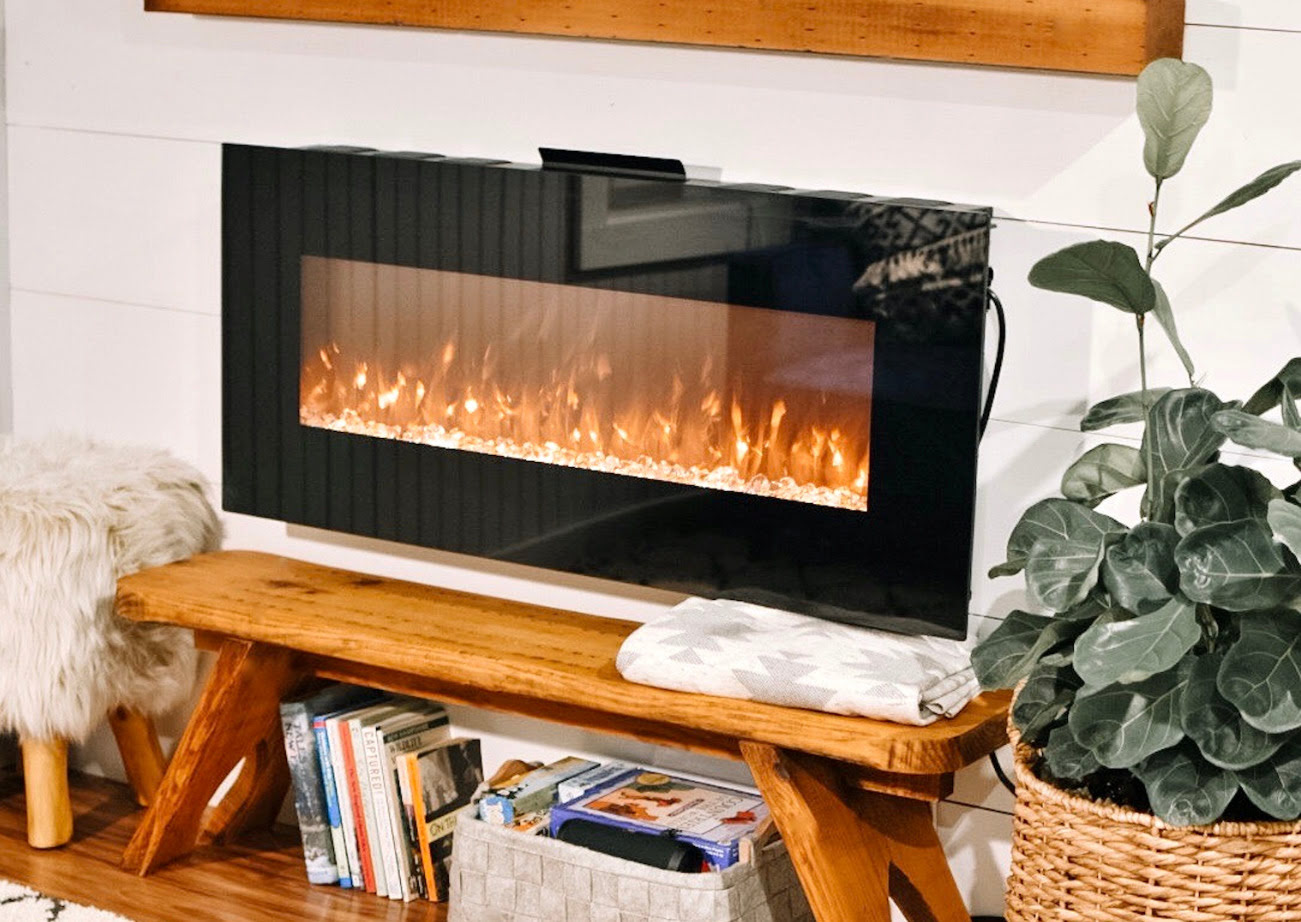
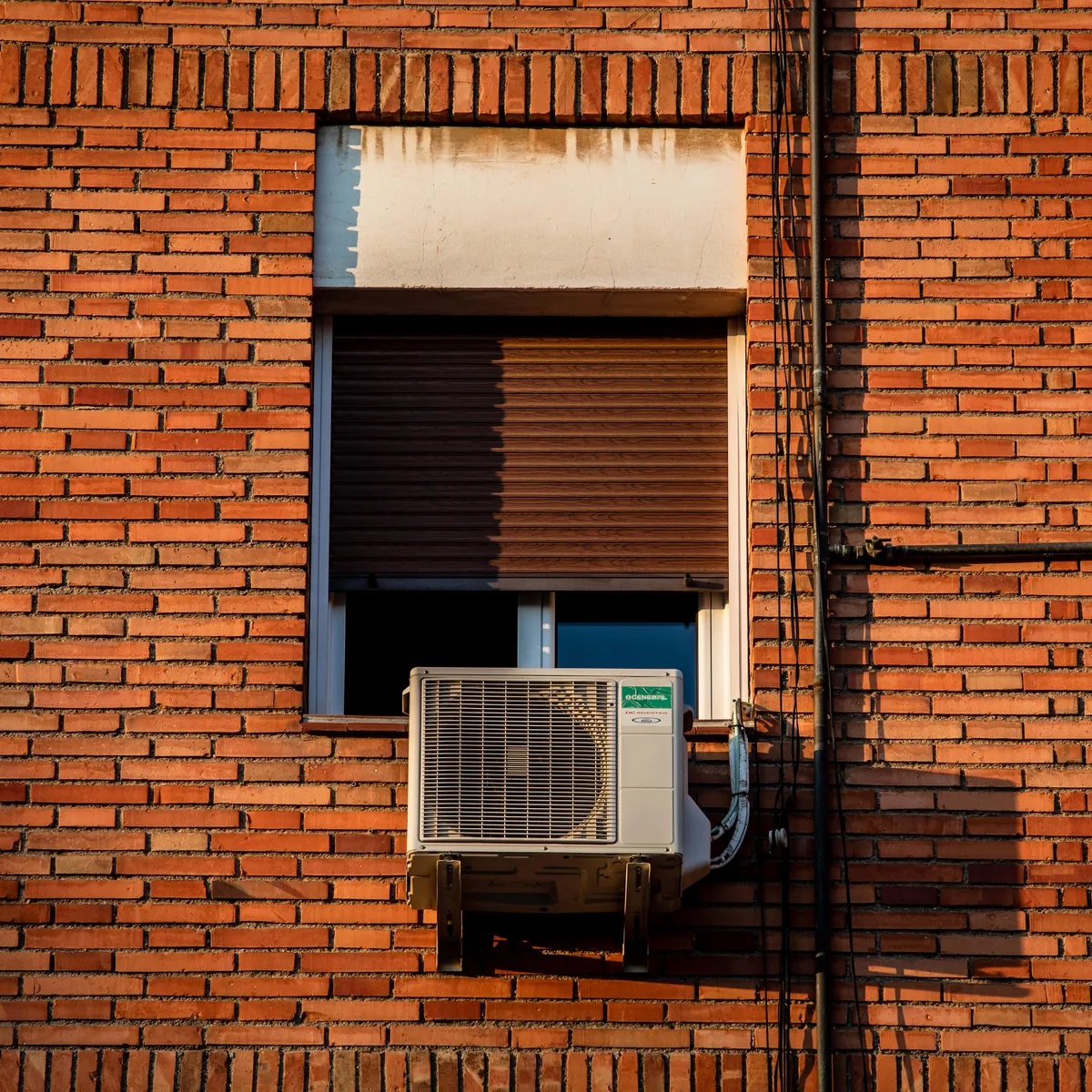
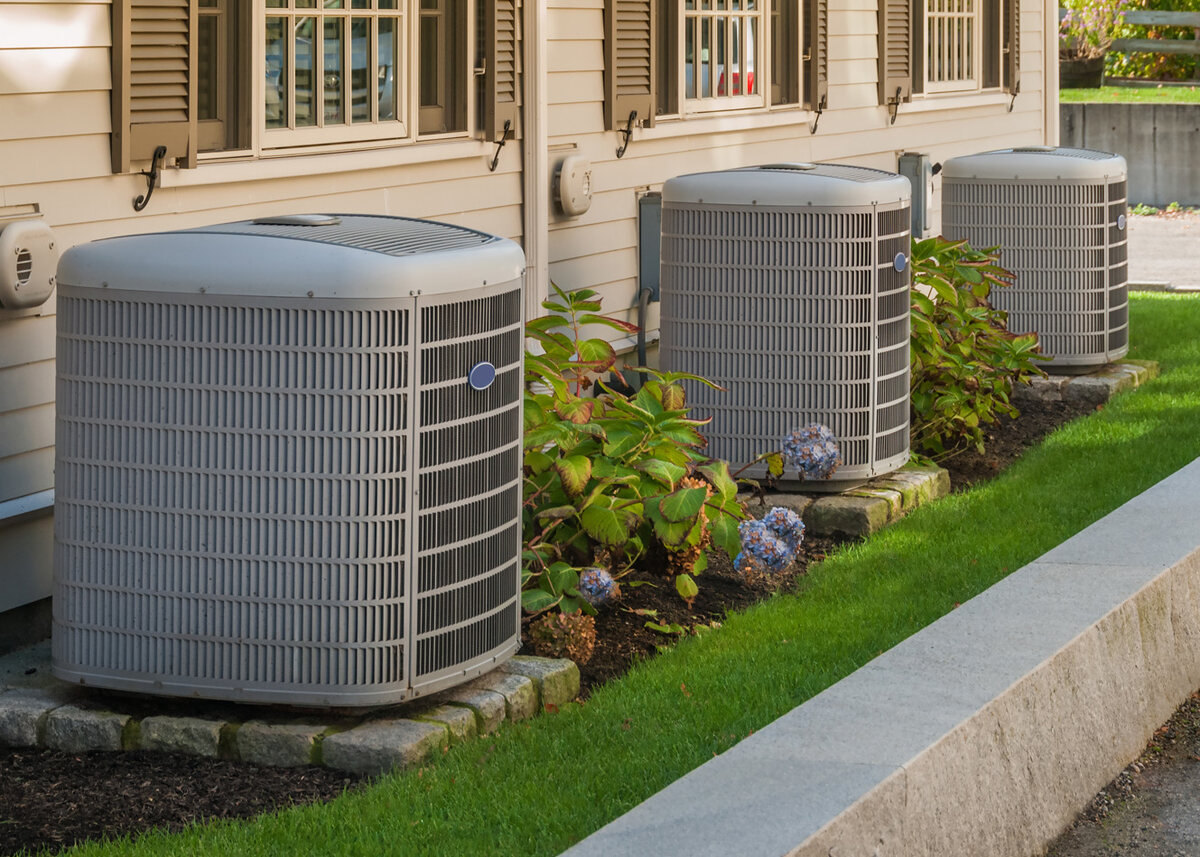
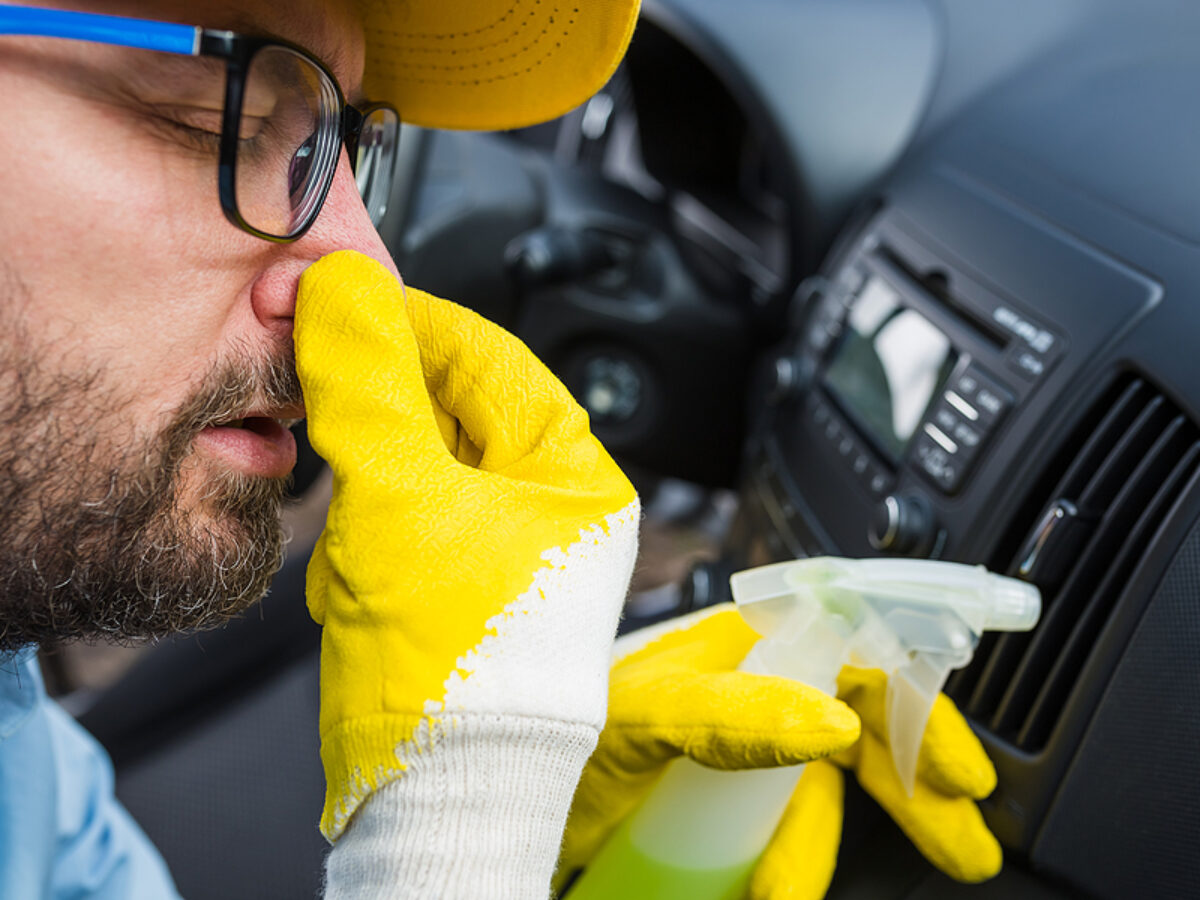
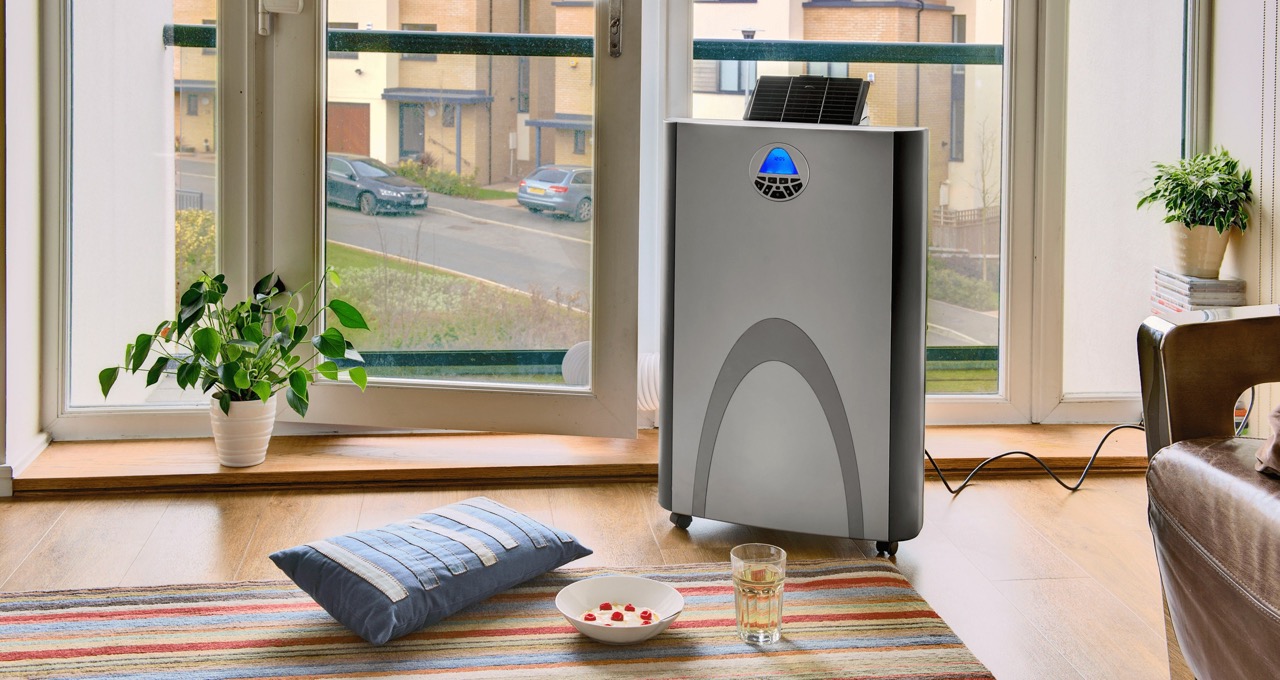

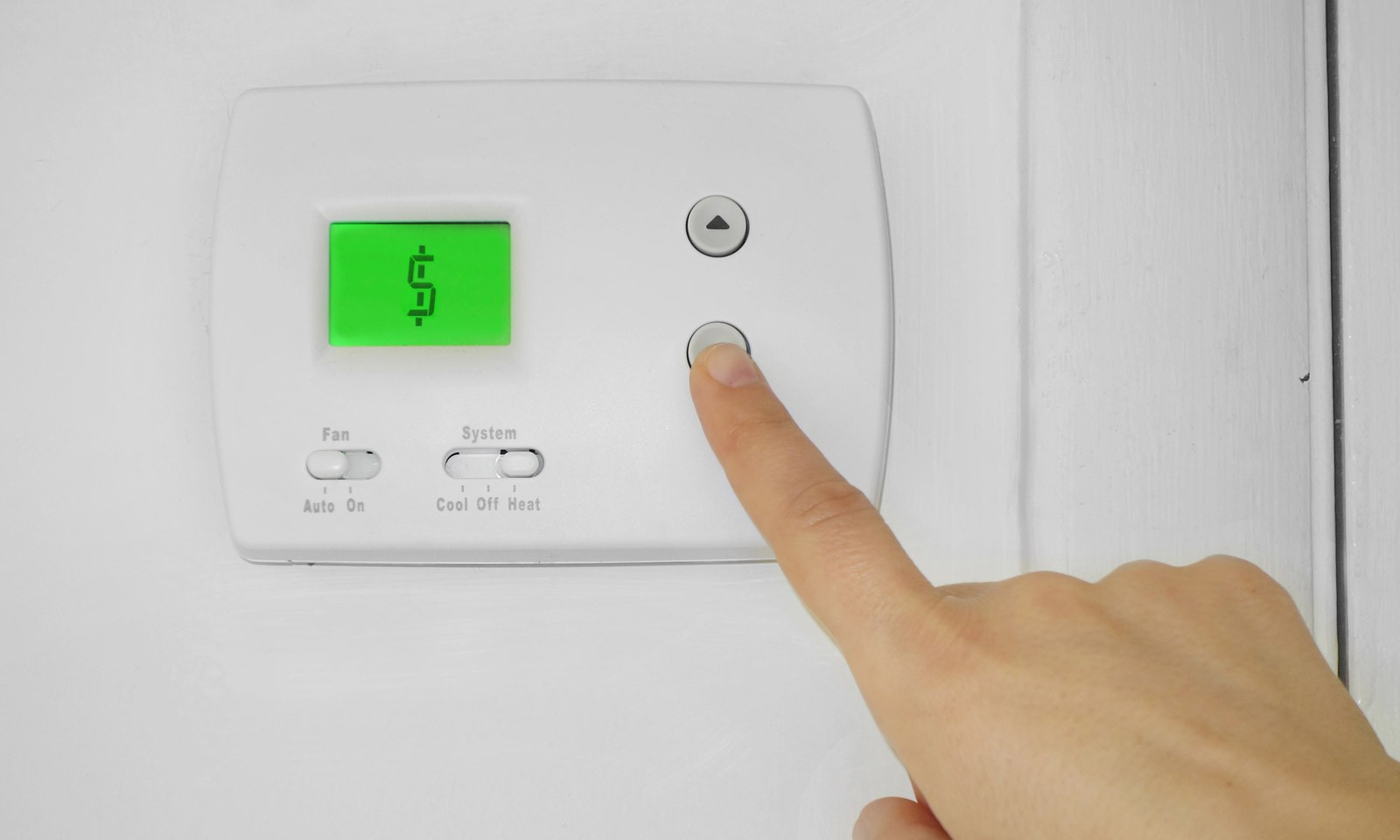
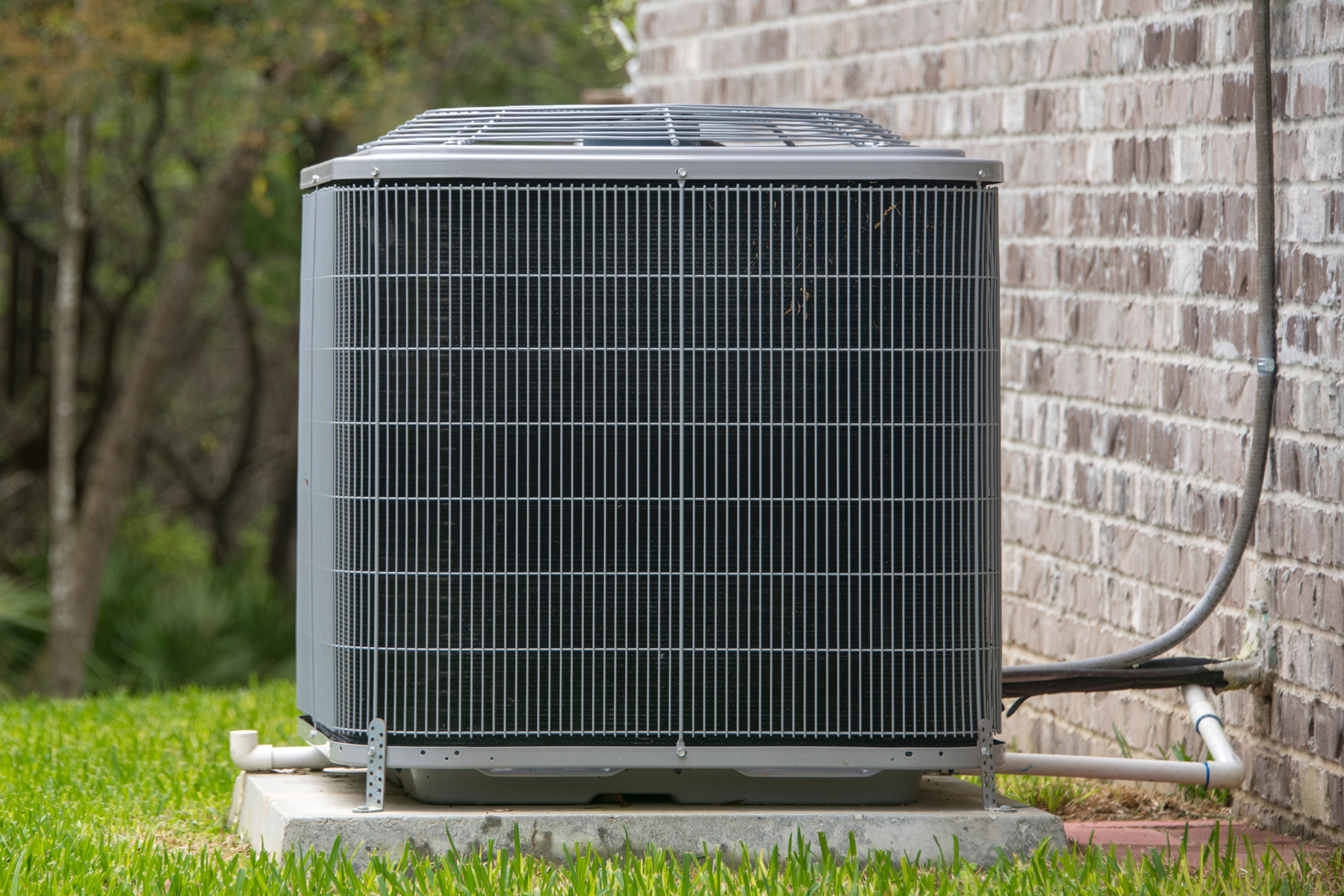
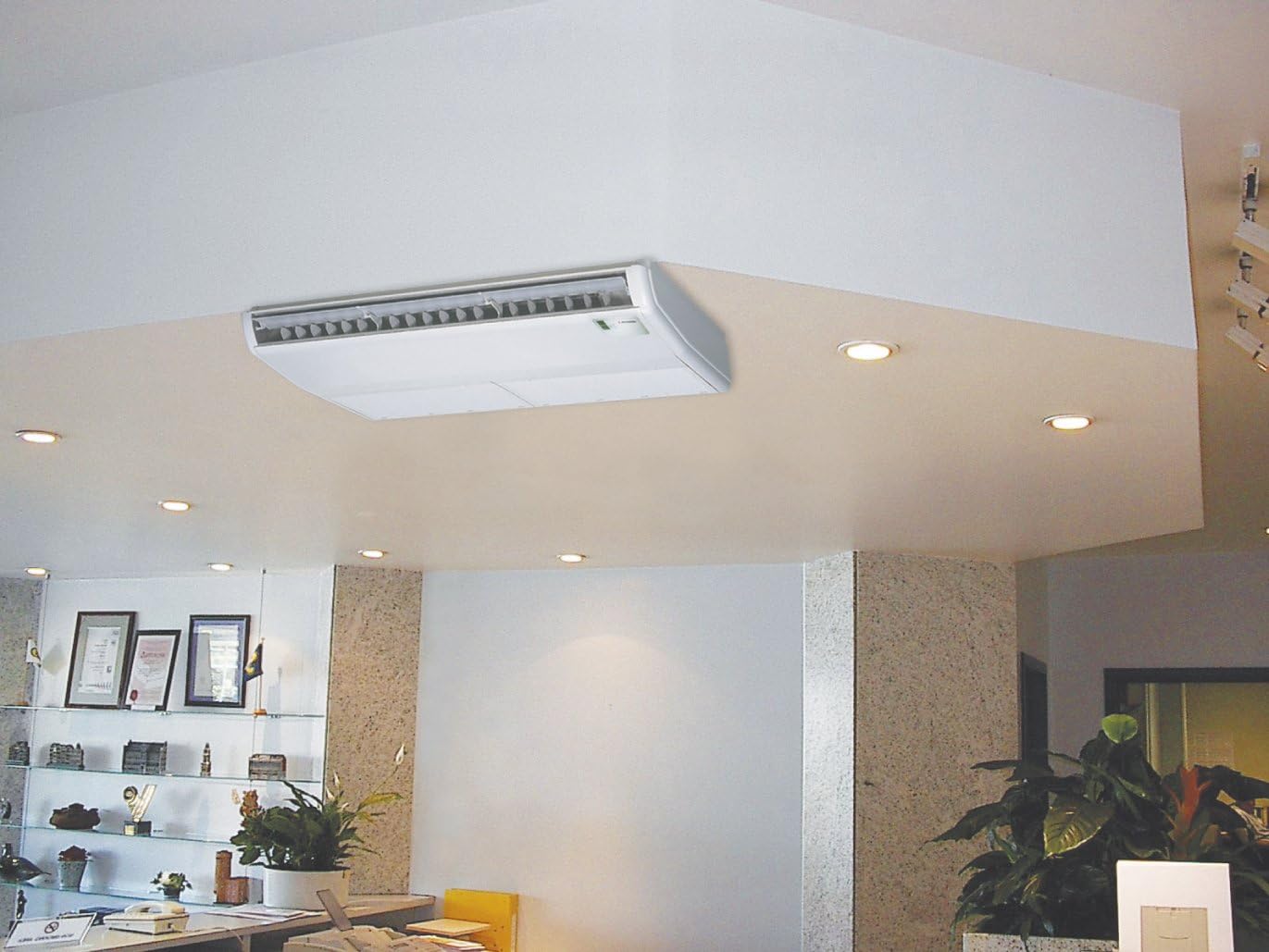
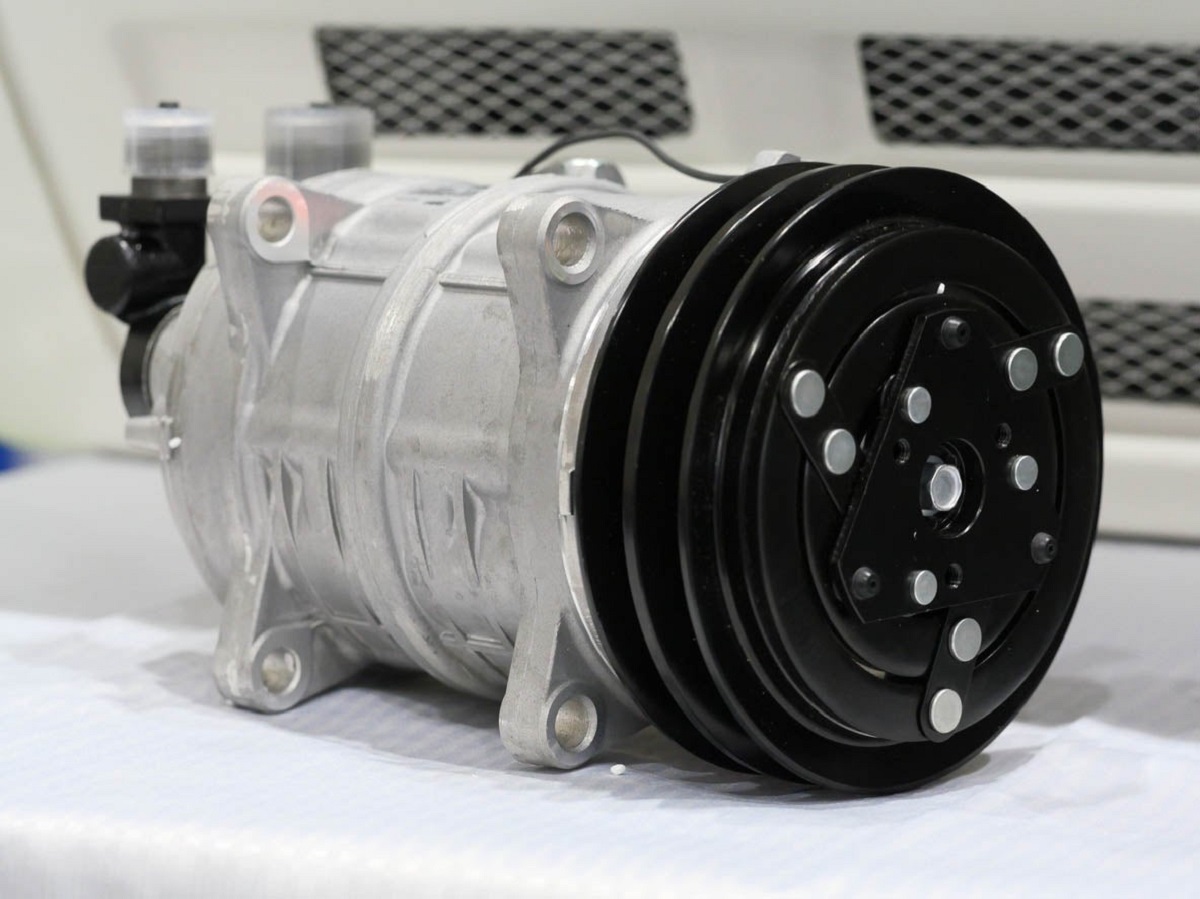
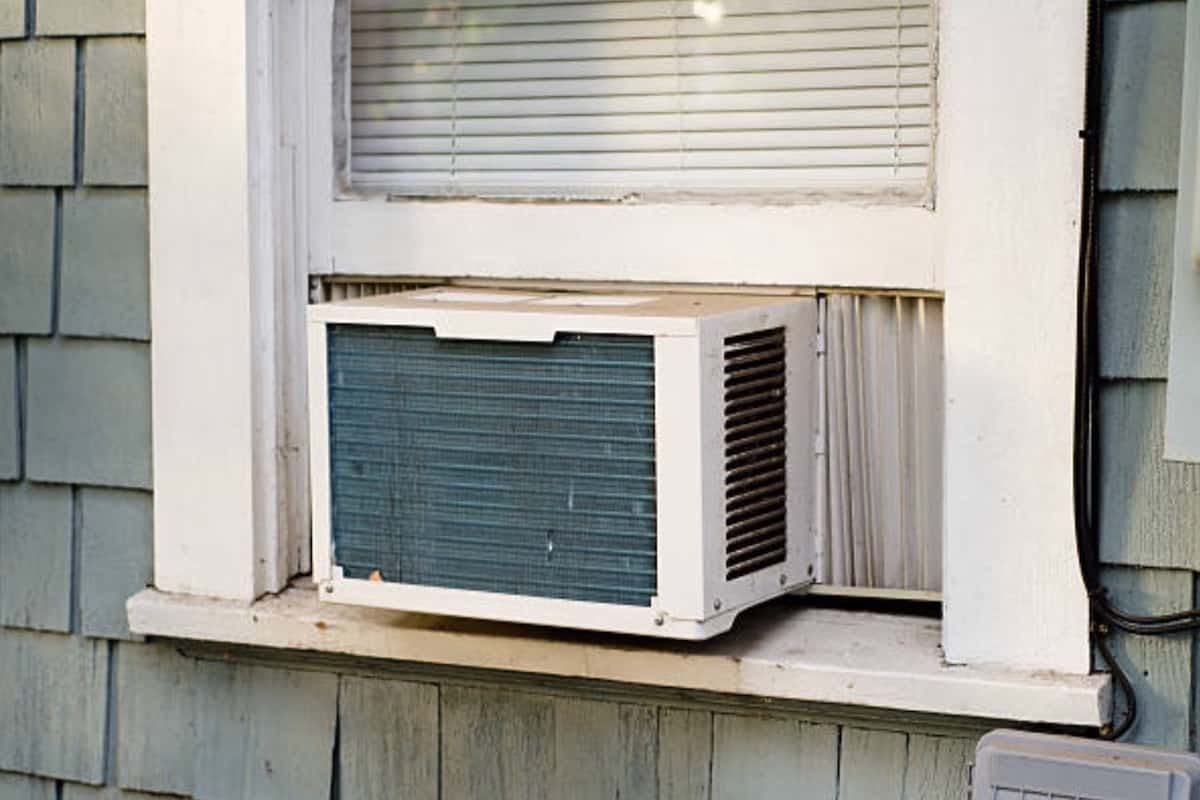
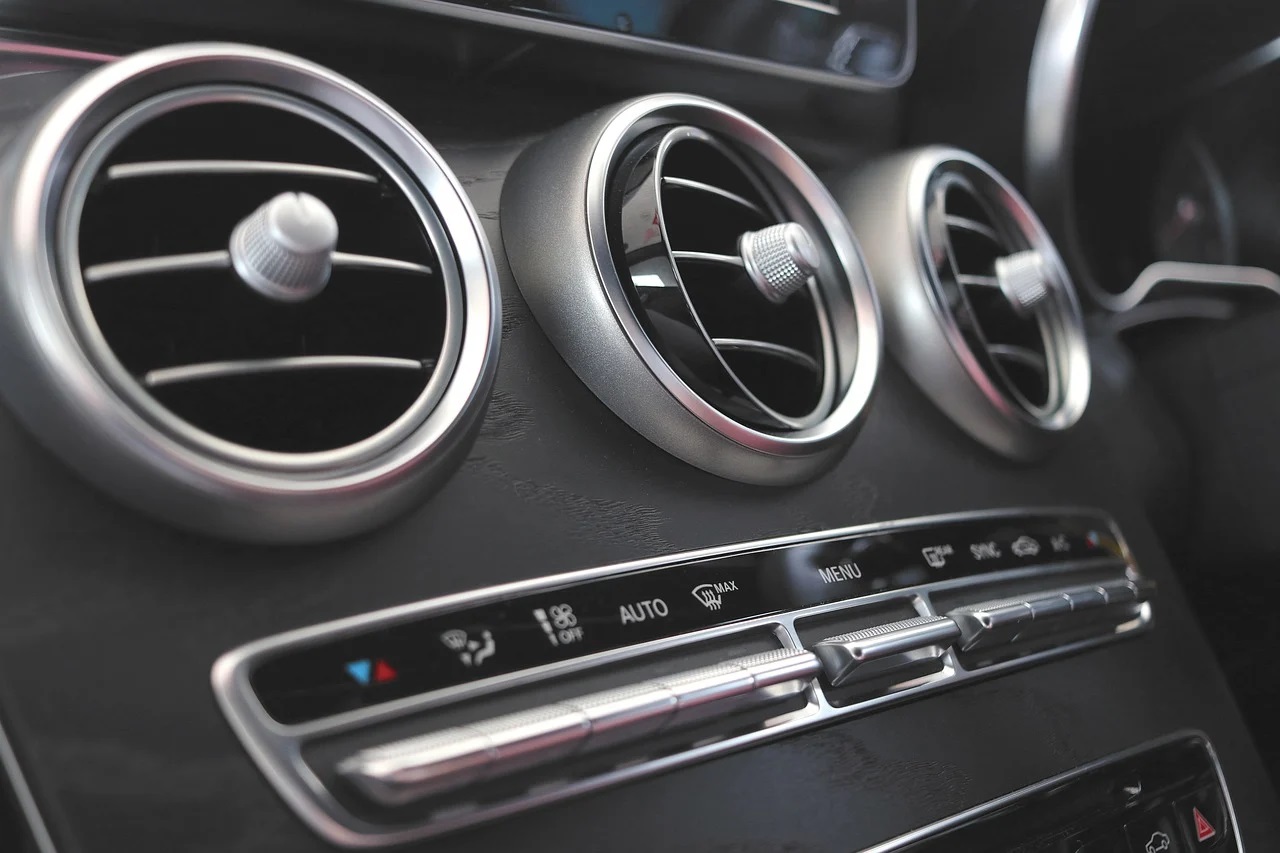

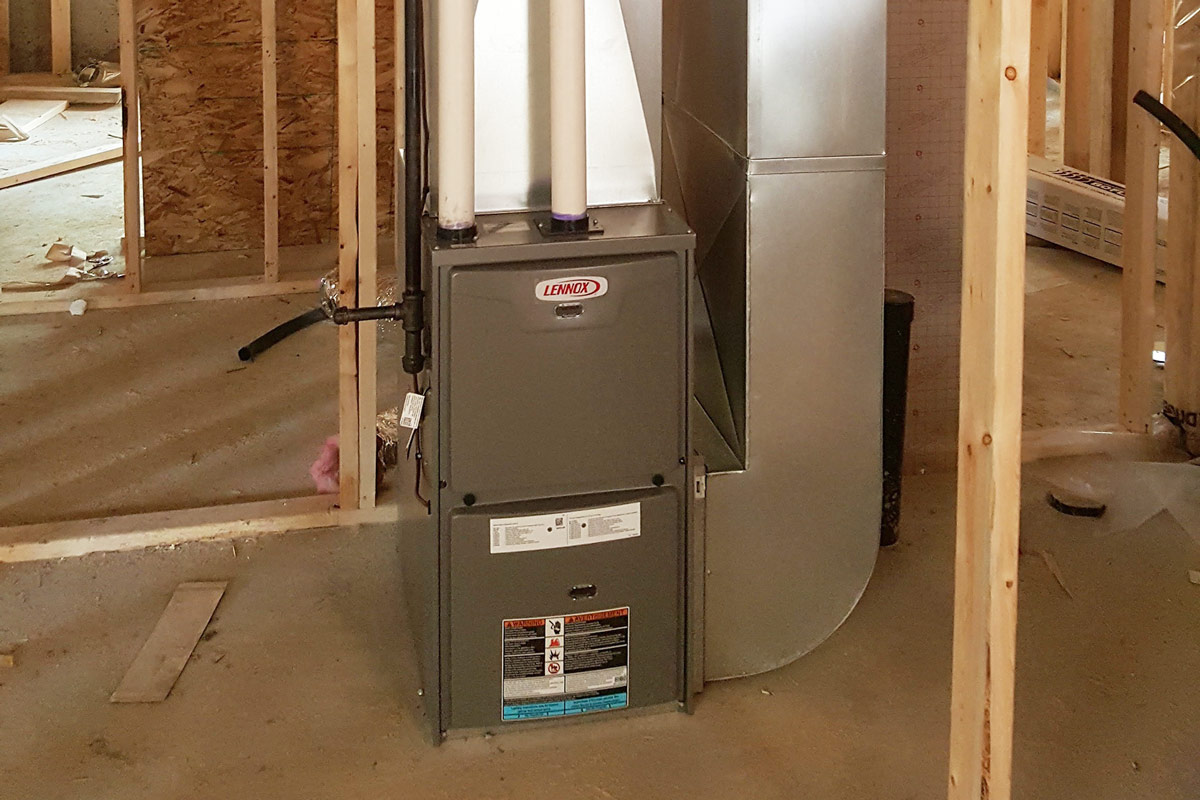

0 thoughts on “How Much Gas Does AC Use When Idle”